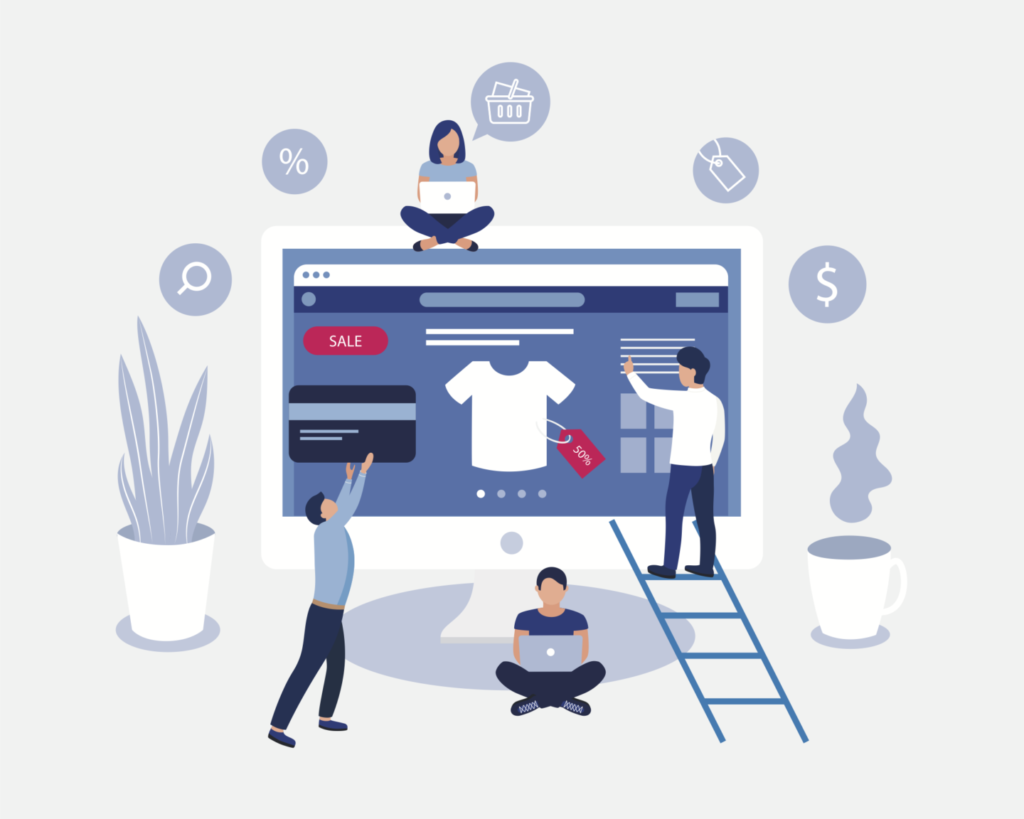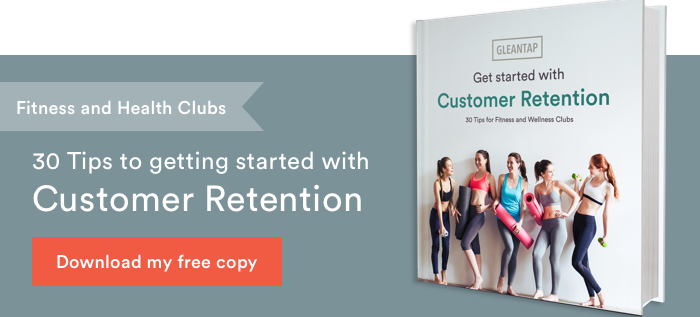In today’s on-demand, omnichannel world, marketing automation is an absolute necessity. Marketers are managing more data, content and channels than ever before, and they’re often doing it with less budget and fewer people. Data-driven, cross-channel marketing automation solutions enable marketers to create relevant, personalized customer experiences in real-time—experiences that build brands and drive sales—while improving efficiency and speeding time to market.
An exceptional customer experience has become the Holy Grail for marketers, and that obsession shows no sign of abating. Accenture found that 77% of CEOs said their company will fundamentally change the way it engages and interacts with its customers and even coined the term “business experience” (BX) to describe the next iteration of the customer experience (CX), where responsibility moves beyond the marketing and sales teams to encompass an entire organization “solving for human needs around a purpose.”
That shift, however, is in its infancy, which leaves today’s marketers firmly in the midst of the CX revolution. The report B2B Enters The Experience Era: 2020 Data-Driven Marketing & Advertising Outlook, executed by Adweek on behalf of Dun & Bradstreet, found that 80% of B2B marketers rate delivering a consistent customer experience across online and real-world channels extremely or very important to their companies. In fact, by 2018 more than two-thirds of companies were competing primarily on the basis of customer experience—up from only 36% in 2010. The stakes are high: one-third of customers stop doing business with a brand they love after only one negative experience.
Reach your business goals faster with marketing automation
It stands to reason that the Adweek/Dun & Bradstreet survey found that marketing automation platforms were the second-highest technology investment priority for B2B marketers in 2020 (just behind measurement and analytics). In part, that’s because marketing automation enables organizations to take advantage of omnichannel marketing. Omnisend analyzed more than 2 billion campaigns sent using their marketing automation platform and found:
< 250% higher purchase rate and 90% better customer retention when marketers used 3+ channels
< Customers engaging with 3+ channels spend 13% more than those engaging with just one
< 17.27% higher click through rate with custom automation workflows
Gartner defines marketing automation as “software that assists marketers with customer segmentation, customer data management and campaign management. It provides marketers with the ability to offer real-time, targeted, data-driven campaigns along with enhanced efficiency and productivity.” There are lots of marketing automation tools and platforms out there that handle everything from email and social media marketing to AI-powered campaign analytics and customer relationship management. Whichever tool or platform you choose, here are some tips that can help you reach your business goals faster.
6 marketing automation tips
Reach more people with fewer resources
In 2021, marketing budgets were cut to the lowest level in Gartner’s CMO Spend Survey history, about 6.4% of company revenue. The “do more with less” mentality drove a slight uptick in budget allocated to marketing technology. HubSpot found that email automation campaigns are among the top three tactics used by email marketers across all types of companies to improve performance, and that of those automating marketing, 23% are doing so for content delivery. Automating delivery gives marketing teams more time to focus on research, quality and results.
Embrace artificial intelligence (AI) for personalization
Customers want a personalized experience. AI and machine learning make it possible to give them one. According to Semrush, 40% of marketing and sales departments prioritize AI technology and machine learning for their success (which is more than any other corporate department), and 40% of businesses say that the customer experience is their top motivator for using AI.
Marketers can use AI-driven marketing automation tools to better understand customer behavior, make data-driven decisions, refine customer segmentation, streamline workflows, dynamically analyze and optimize email campaigns, determine what types of content (product video, explainer video, blog, podcast, banner ad, etc.) and content topics work best, and more—in short, to reach the perfect audience with the perfect message at the perfect time.
Scale accounts based marketing (ABM)
Rather than casting a broad net to capture as many individuals as possible, accounts-based marketing —commonly used in B2B where spend is high, the decision-making process is complex, and the sales cycle can be a year or longer—requires a strategic and coordinated approach by marketing and sales to target high-value accounts that promise a good return on investment with personalized content that is specific to their needs and challenges. A robust marketing automation platform makes it possible to scale ABM initiatives that need a high level of personalization across a swath of decision-makers over a long period of time—it’s easier and more cost-efficient to engage target customers across channels by designing and running coordinated (between sales and marketing) and personalized campaigns from a single platform. With marketing automation, you can also build account dashboards that give sales and marketing the same view of their common goals across specific accounts, programs and targets, and provide “one version of the truth” data and analytics. In case your B2B marketing team still isn’t where it would like to be with ABM, here’s an incentive to use marketing automation to get there: the ABM Leadership Alliance found that B2B marketers saw an increase in average annual contract value of 171% after implementing their ABM strategy.
Master tool or platform functionality
Go-to-market advisory firm Yield Group notes that “what we frequently find is that companies are only using a fraction of the capabilities of modern marketing automation systems and, if they are, they aren’t using them well.” To get the best return on investment, they recommend that you master the fundamentals first, whether those are part of a monolithic marketing automation platform or discrete components of a marketing technology stack. The fundamentals are: marketing strategy (not a tool, but a necessity that guides tool choice), email campaigns and nurturing, forms and landing pages, integrations (website, CRM, etc.) and lead scoring. Their premise: “You are in a much better position if you have mastered the fundamentals, at a much lower cost, than paying for 100% of a marketing automation platform and using only 20% of the tool.”
Put mobile first
Mobile devices account for approximately half of web traffic worldwide. With mobile devices the go-to for content consumption and buying activity, any consideration of marketing automation strategy and tools should lead with mobile. This “mobile-first” approach lets marketers gather useful information about users while putting targeted, personalized content literally in the palm of their hand. Marketing automation streamlines in-app messaging, push notifications, SMS and other tactics used to improve customer engagement, experience and retention, enabling marketers to reduce time spent on repetitive tasks and focus instead on research, strategy and high-quality content. Mobile marketing automation also enables the use of powerful, location-based tactics such as geofencing and proximity-based campaigns with an audience happy to receive information based on them—Salesforce found that 30% of the international population is using location-based services, and 80% of them want to get location-based alerts from businesses.
Use in-app messaging to enrich the customer experience
One example of mobile-first: in-app messaging. It lets you embed content into your mobile app or website to share timely, targeted content that blends seamlessly into the customer experience, enabling you to unobtrusively serve up sales and promotions, introduce new (or new to them) products or services, invite people to events and rewards programs, etc., at key moments. They can also be used to prompt a share or a like that boosts brand awareness. In-app messages appear during an active user’s current browsing session and are deployed when a pre-determined—by the marketer, based on customer behavior—trigger is tripped. Since in-app messages are only seen by people actively using the app, the chances are high that the content is relevant to them. In-app messages are often used alongside push notifications that appear whether or not someone is using (or has forgotten about) your app. Payment confirmation, flash sales, upcoming events and time-sensitive reminders are good candidates for push notifications, as are efforts to bring people back to an app they haven’t engaged with in a while.
Marketing automation is good business
Marketing automation is one of the fastest-growing software industries. It can generate significant new revenue for companies.
MarketWatch is forecasting that it will reach $4.7B by 2027, almost double what it was in 2020. Already, more than two-thirds of businesses use automation, and marketing leads the way—marketers use automation 76% more than sales and 139% more than finance, with task management, content automation and chatbots the top three use cases. Marketing automation streamlines and reduces the cost of effective marketing, enabling marketers to focus on strategy and quality instead of the repetitive, but necessary, tasks that used to take up so much time.
With today’s sophisticated and (in many cases) AI-enriched marketing automation tools and platforms, marketing teams are better equipped than ever to deliver the highly personalized, omnichannel customer experiences that raise brand awareness, create brand loyalty, and drive sales across B2B and B2C customers.
Author Bio
Ray Ko has been creating marketing and design strategies for companies for more than 20 years. Today, he is the senior ecommerce manager for shopPOPdisplays, a leading designer and manufacturer of stock and custom acrylic product.
Get the full story here:




